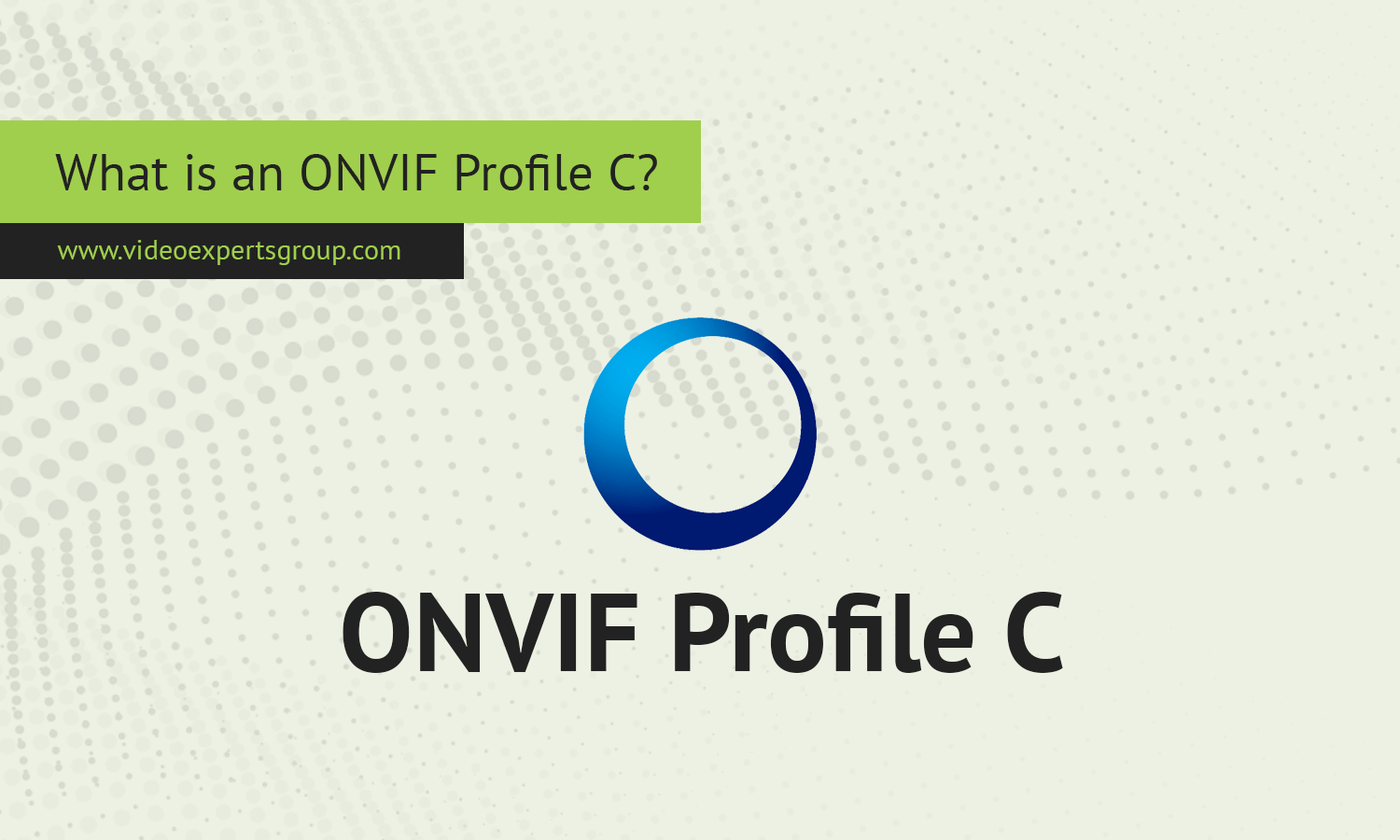ONVIF (Open Network Video Interface Forum) has become the standard that ensures devices such as cameras, video management systems, and access control units from different manufacturers can work together seamlessly. Among the many ONVIF profiles, Profile C focuses on physical access control systems (PACS). It allows for standardized communication between different access control hardware and software, enhancing the flexibility of security solutions.
Meaning
ONVIF Profile C is a specification developed for Physical Access Control Systems (PACS). It ensures that devices like door controllers, card readers, and access control software from different manufacturers can work together smoothly. Before the introduction of Profile C, integrating access control devices often involved dealing with proprietary systems, which meant that organizations had to rely on one manufacturer for all their hardware and software needs. Profile C solves this problem by creating a standardized way for these systems to communicate, giving businesses the flexibility to choose components from multiple vendors without sacrificing functionality.
In simpler terms, ONVIF Profile C enables devices and software in a building's access control system to "talk" to each other, regardless of the manufacturer, ensuring seamless control of doors, card readers, and other access points.
ONVIF profiles
| ONVIF Profile | Focus | Key Functionalities |
|---|---|---|
| Profile S | Video Streaming | - Video and audio streaming - PTZ (Pan-Tilt-Zoom) control - Event handling for video surveillance systems |
| Profile G | Edge Storage | - Video recording, searching, and playback - Local storage management for edge devices |
| Profile C | Access Control | - Physical access control systems (PACS) - Credential and door control - Event handling for access systems |
| Profile A | Advanced Access Control | - Access control configuration - User and credential management - Access policy creation |
| Profile T | Advanced Video Streaming (H.265) | - Support for H.265 and H.264 video encoding - Motion detection - Metadata streaming (e.g., heat maps) |
| Profile Q | Quick Device Setup | - Fast, easy device installation - Discovery, configuration, and management for quick system setup |
| Profile M | Metadata and Analytics | - Metadata streaming - Video analytics (e.g., object detection, behavior analysis) |
| Profile D | Access Control for Door Units | - Door entry systems and intercoms - Communication between video intercoms and PACS |
This table summarizes the core purpose and capabilities of each ONVIF profile, helping security integrators choose the right profile for their surveillance and access control needs.
Video
Specification
ONVIF Profile C defines how access control systems interact with each other on a network. Some key specifications include:
-
Device Discovery: Devices that support ONVIF Profile C can be automatically detected and identified on a network. This makes it easier for administrators to configure and manage access control hardware and software. For example, when adding a new card reader or door controller, the system can automatically detect the device and incorporate it into the broader access control infrastructure.
-
Door Control: Profile C allows access control software to communicate with door controllers. The software can send commands to lock or unlock doors, read the status of doors (open, closed, or locked), and monitor any alarms or abnormal conditions, such as forced entries.
-
Event Handling: Profile C supports event-based notifications, meaning that systems can respond in real-time to access events, such as when a cardholder gains entry or when a door is forced open. This enables quick reactions to security incidents and ensures that any unauthorized access attempts are logged and acted upon.
-
Credential Management: Access control systems using Profile C can manage user credentials such as key cards, PINs, or biometrics. Profile C specifies how this information can be stored, retrieved, and verified across different devices.
-
Access Rights: Profile C defines how access rights can be assigned and managed across multiple devices. For example, an administrator can specify which doors a particular cardholder can access, at what times, and for how long.
-
Audit Trail: Profile C ensures that detailed logs of access events are maintained. These logs can be retrieved for auditing purposes, helping organizations track who entered which areas and when. This is particularly important for maintaining security in sensitive areas, such as data centers or laboratories.
By adhering to these specifications, ONVIF Profile C provides a reliable framework for integrating different physical access control systems, ensuring that organizations can choose the best solutions for their security needs without being locked into proprietary systems.
















